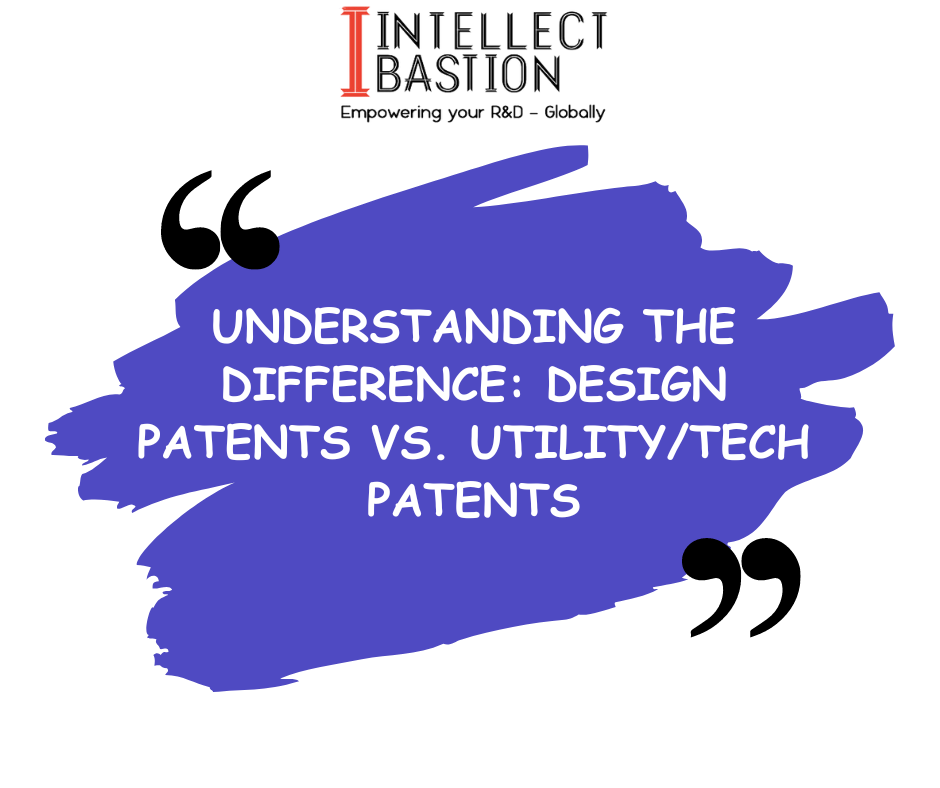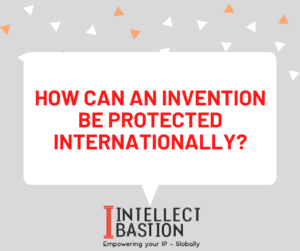When it comes to protecting your innovative creations, patents play a crucial role. However, not all patents are created equal. There are two primary types: design patents and utility/technology patents. In this blog, we’ll break down the key differences between the two in a straightforward manner.
1) Purpose:
Design Patents:
Focus on Appearance: Design patents safeguard the unique visual features of an item. Think of it as the protective shield for how something looks.
Example: The iconic shape of the Coca-Cola bottle is protected by a design patent.
Utility/Tech Patents:
Functionality First: These patents are all about functionality, protecting the way an invention works or how it’s used. They cover the nuts and bolts, quite literally!
Example: A new mechanism in a car engine that makes it more fuel-efficient could be covered by a utility patent.
2) What They Protect:
Design Patents:
Aesthetic Elements: Anything from the shape and surface ornamentation to the configuration of an object.
Example: Apple’s iPhone design, with its distinctive rounded edges and sleek finish, is under design patent protection.
Utility/Tech Patents:
Functional Aspects: This type of patent safeguards the practical, operational aspects of an invention.
Example: The patented technology inside a smartphone that allows it to recognize fingerprints for security is protected by a utility patent.
3) Duration:
Design Patents:
- Short and Sweet: Typically last for 15 years from the grant date.
Utility/Tech Patents:
- Long-Term Protection: These patents usually last for 20 years from the filing date.
4) Application Requirements:
Design Patents:
- Visual Representations: Strong emphasis on drawings or images to clearly depict the design.
Utility/Tech Patents:
- Detailed Descriptions: Requires a detailed written description of the invention’s functionality.
5) Examples of Common Industries:
Design Patents:
- Fashion and Consumer Goods: Apparel, accessories, and the appearance of everyday items, Industrial products.
Utility/Tech Patents:
- Technology and Engineering: Electronics, software, machinery, composition, article of manufacture and any innovation with a unique function.
Conclusion:
In a nutshell, if you want to protect how something looks, go for a design patent. If you’re more concerned with how something works or its practical application, a utility/tech patent is your go-to. Each serves its purpose in safeguarding innovation, making sure inventors get the recognition and protection they deserve.
Understanding these key differences will help you navigate the patent landscape more confidently, ensuring your brilliant ideas are shielded appropriately. Now, armed with this knowledge, you can make informed decisions about which type of patent suits your invention best. Happy inventing!
Schedule your FREE Consultation:
Schedule a Meeting: https://www.intellectbastion.com/contact-us/
Call/WhatsApp our Experts: +91 9977007307
Email Address: help@intellectbastion.com
Remember, securing your inventive/creative works is not just about protecting your intellectual property; it’s about realizing the potential of your innovation and bringing it to the world. We look forward to being your dedicated partner in this exciting journey of innovation and protection.
Join the community of inventors and creators who trust Intellect Bastion for patent, design, copyright and trademark services. We’re here to empower your ideas and safeguard your future.
Best Wishes,
Intellect Bastion





